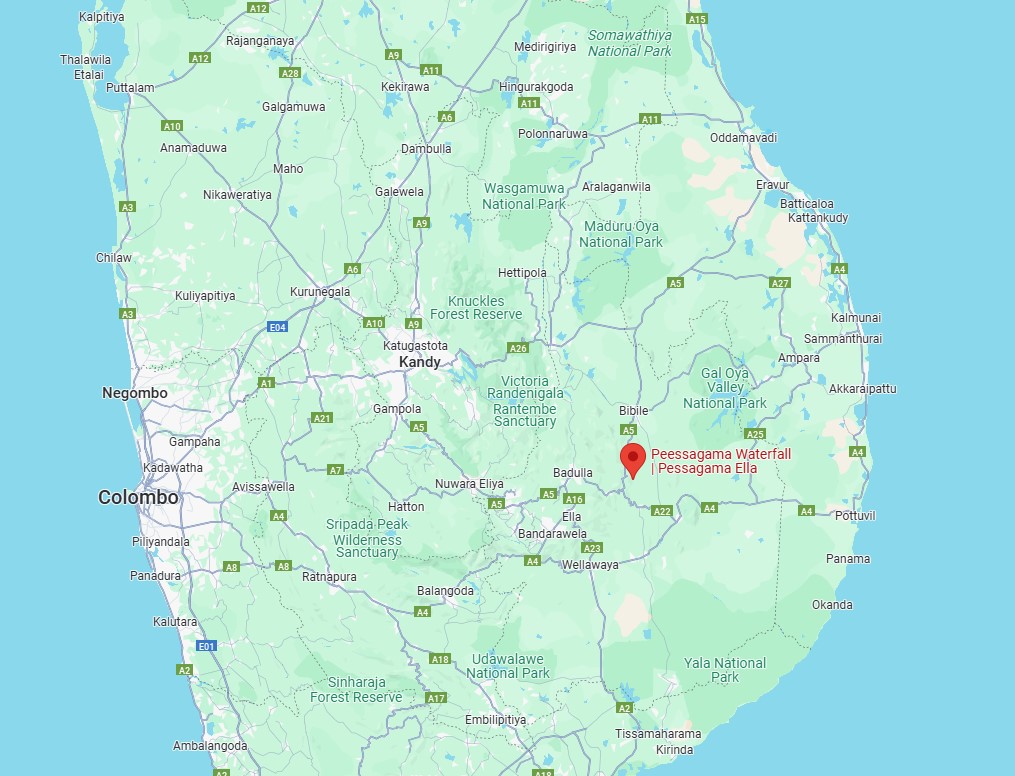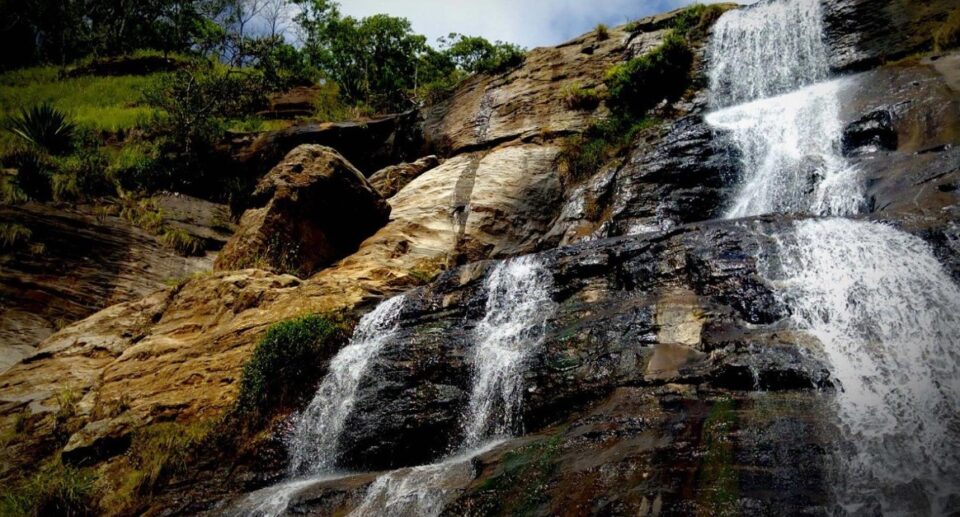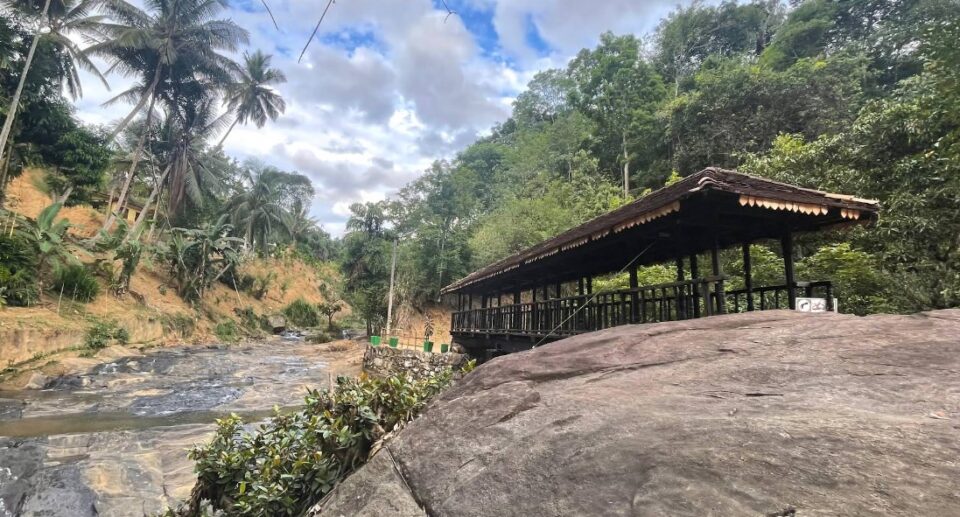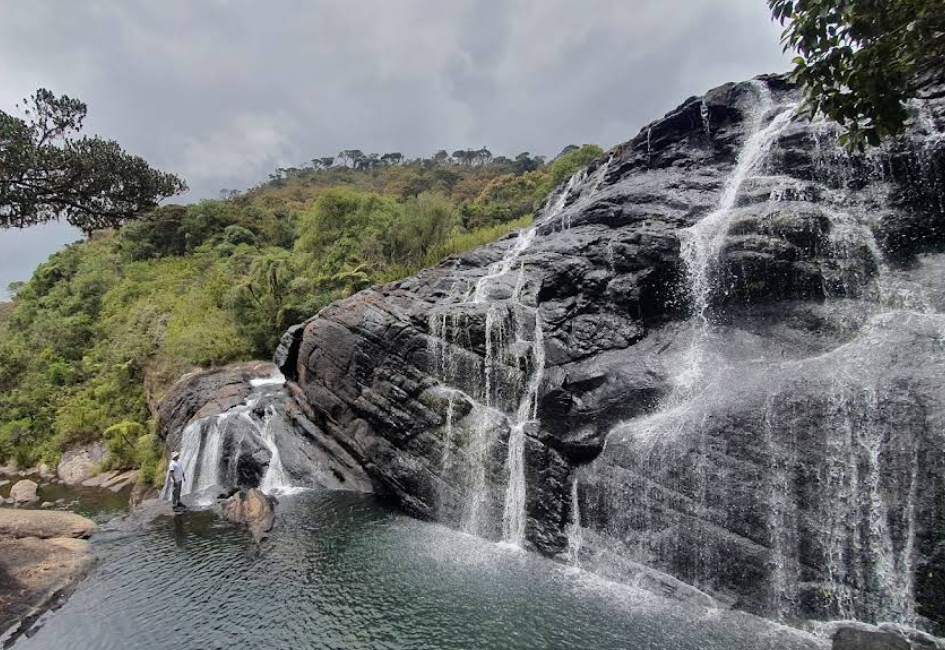Peessa Ella Falls: A Hidden Gem in Sri Lanka’s Natural Beauty
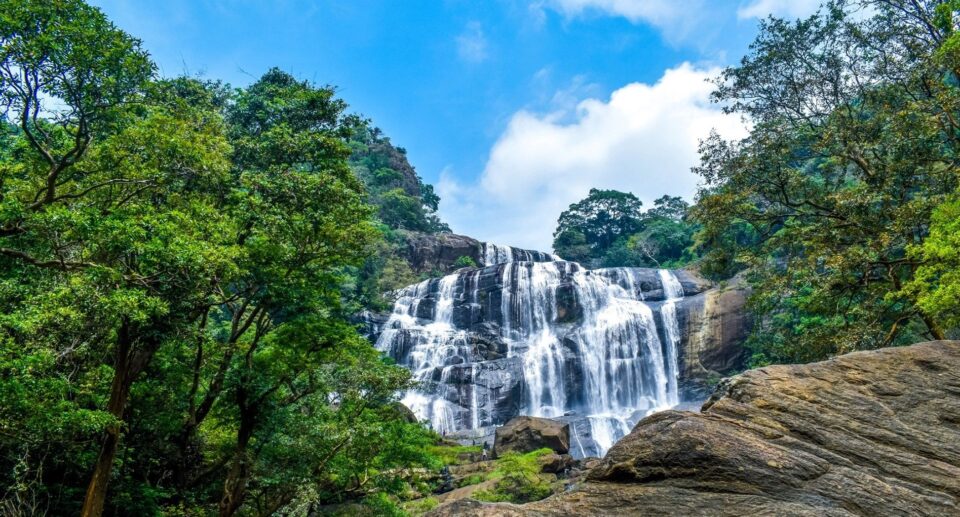
Sri Lanka, or the “Pearl of the Indian Ocean,” is renowned for its rich natural heritage of tropical rainforests, cloud-covered mountains, and a variety of breathtaking waterfalls. Of the lesser-known but stunning falls is Peessa Ella Falls in and around Lunugala in the Badulla District. Though overshadowed by better-known falls like Diyaluma and Bambarakanda, Peessa Ella boasts a serene, pristine loveliness that captures the heart. This essay focuses on Peessa Ella’s geographical position, ecological and cultural worth, tourist potential, and ecological problems while putting emphasis on requiring sustainable preservation.
Geographical Location and Features
Peessa Ella Falls is located around 5 kilometers from the small village of Peessa, near Lunugala, in the Uva Province of Sri Lanka. With a height of about 1,060 meters above sea level, the waterfall cascades off the slopes of the central highlands. It is part of a serene and beautiful landscape that includes tea plantations, patches of dense forests, and conventional village settlements.

The waterfall itself stands some 45 meters (approximately 148 feet) high and is formed by a stream emanating from the Madulsima range of mountains. It plunges over an outcropping of rock in one great, sweeping curve, especially beautiful in monsoon when water is at its peak. At the bottom, there is a tiny basin that pools, surrounded by moss-smothered boulders and a verdant canopy of foliage, developing a serene, almost mystical ambiance.
Ecological Significance
Peessa Ella and the adjacent area are a tiny but valuable ecological zone in Sri Lanka’s central highlands, which is rich in biodiversity. The adjacent patches of forest support a variety of endemic flora and fauna, including birds, butterflies, amphibians, and small mammals. The area is rich in ferns, mosses, and orchids due to its shaded, humid microclimate.
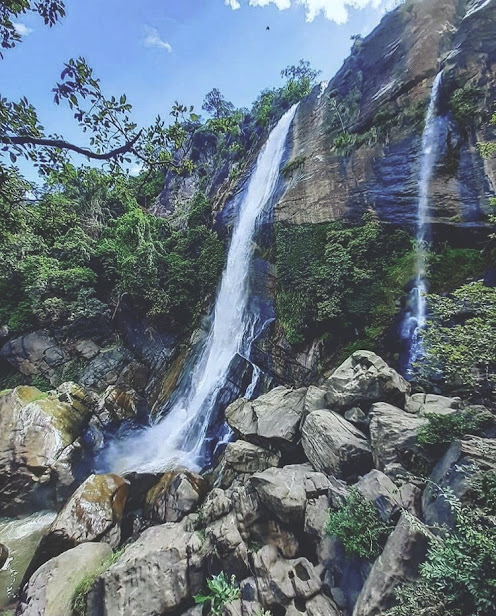
The river that feeds Peessa Ella contributes to the Kirindi Oya basin watershed system, which is vital for irrigation and local agriculture. These mountain water resources not only sustain ecosystems but also serve as vital lifelines for downstream rural agricultural societies, especially in drier southeastern island areas.
Cultural and Historical Background
Peessa Ella is not only a scenic location; it has historical and cultural significance in local mythology. The legend says that King Dutugemunu, one of Sri Lanka’s greatest ancient monarchs, hired soldiers from the Peessa area during his campaigns in the 2nd century BCE. Locals also suppose that the reason for the origin of the “Peessa” name is Sinhalese use of the term “pihisi,” as “rest” or “recruit,” referencing the area’s former role as a resting location.
Today, the waterfall represents pride and identification for local village residents. The waterfall is widely visited on occasions of local festival, school visits, and day trips by local families, and remains a reminder of natural integrity and rural Sri Lankan tradition.
Tourism and Accessibility
Unlike some of Sri Lanka’s more popular waterfalls, Peessa Ella remains relatively unknown to most tourists, and this is both a blessing and a curse. Its location, approximately 35 kilometers from Badulla and 5 kilometers from Lunugala, is accessed by winding, narrow mountain roads. The final approach to the falls usually involves a brief hike through tea plantations and forest paths, which adds to its sense of remoteness and adventure.
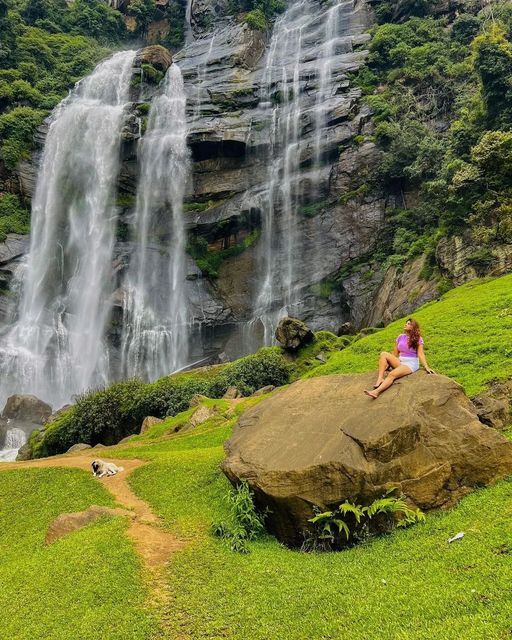
For nature photographers and environmental tourists, Peessa Ella offers a rare opportunity to see a waterfall in its natural state. There are no ticket booths, large crowds, or food stalls—but birdsong and the sound of rushing water instead. Local villagers sometimes act as guides to tourists, providing information on the surroundings and ensuring safe travel.
As nature travel continues to gain popularity, Peessa Ella can become a sustainable tourist destination—if responsibly developed.
Environmental Issues and Challenges
Although Peessa Ella is rather unspoiled at the moment, it faces a variety of possible environmental challenges that need to be closely observed:
Deforestation: Hills surrounding are increasingly being cut down for tea gardens or for other agricultural purposes. This leads to the decrease in soil stability, which in turn can lead to erosion and reduce the amount of water flowing into the falls.
Uncontrolled Tourism: With word of mouth and the power of social media helping popularize the falls, it may become prone to overcrowding, littering, and ruining of the delicate ecosystem. Unlike with the tourist board-run places, no such infrastructural facility of waste management, pathways, and signage exists at Peessa Ella.
Climate Change: Global climate change may affect the frequency and volume of the waterfall through altered rainfall patterns and extended dry spells, similar to that faced by other seasonally dependent waterfalls in Sri Lanka.
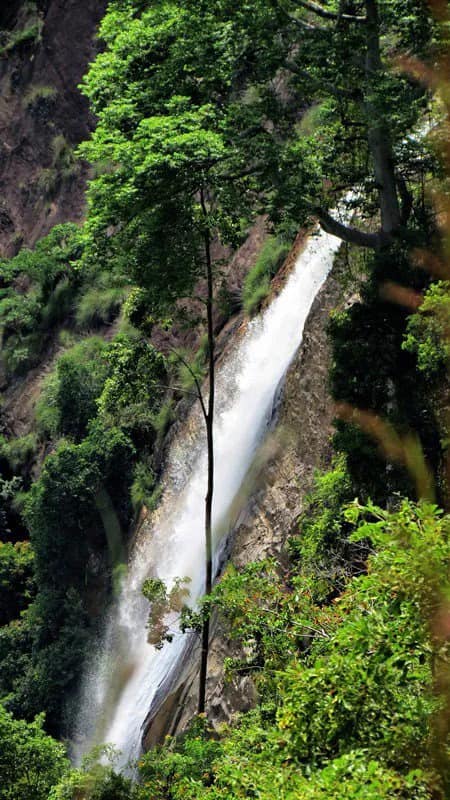
Unlawful Resource Exploitation: Forest material like firewood, medicinal plants, or even wildlife poaching can potentially destroy the ecosystem.
For protection, environmental education, community management, and the development of environmentally friendly infrastructure are imperative.
Towards Sustainable Conservation
Peessa Ella conservation is an issue that calls for teamwork between the people, environmentalists, and government. Some of the most critical strategies towards sustainable conservation are:
Eco-tourism Activities: Development of nature trails with guides, visitor centers, and environmentally friendly structures such as compost toilets can foster tourism without spoiling the environment.
Community Involvement: The villagers in the surrounding areas can be given work as guides, custodians, or entrepreneurs so that they are economically benefited as well as are protectors of their natural inheritance.
Education Campaigns: Raising awareness among school children, tourists, and farmers about the ecological importance of the waterfall and forest can inculcate a culture of conservation.
Monitoring and Research: NGOs and universities can assist in monitoring the health of the stream, biodiversity, and environmental impact over a period of time so that warning signs are addressed in a timely manner.
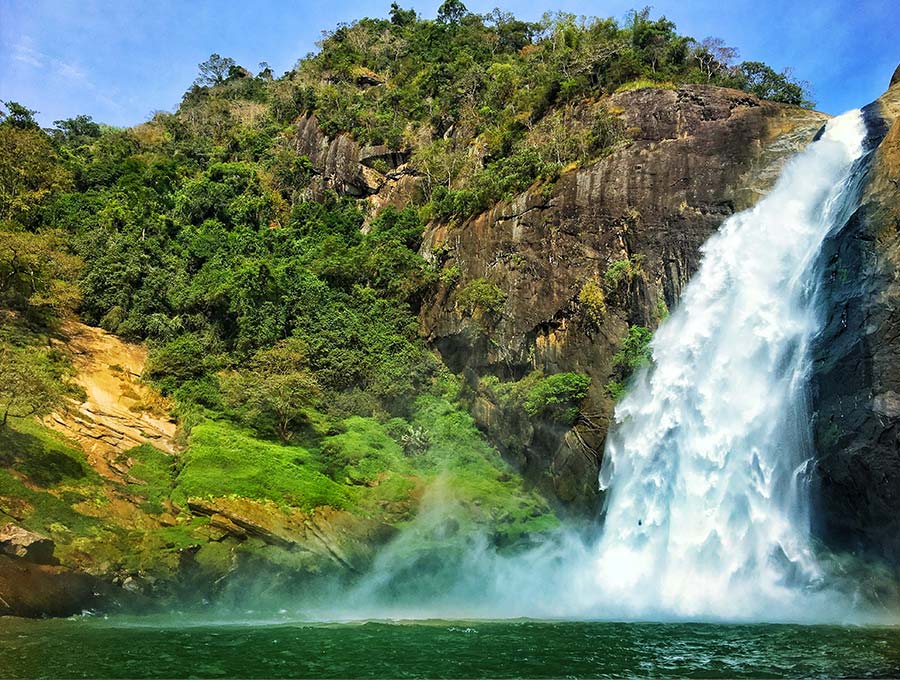
From Colombo to Peessa Ella Falls
- Colombo to Badulla: Take the A4 highway from Colombo to Badulla. This journey typically takes around 5 to 6 hours, depending on traffic conditions.
- Badulla to Passara: From Badulla, continue on the A5 road towards Passara. This leg of the trip is approximately 35 km and takes about 45 minutes to 1 hour.
Passara to Peessa Ella Falls:
- From Passara, proceed on the A5 road towards Lunugala.
- Approximately 15 km from Passara, look for a large advertisement board by the Uva Tourism Ministry.
- Turn onto the road leading to Peessagama as indicated by the sign.
- Travel about 5 to 5.5 km along this road.
- You will encounter a double hairpin bend; the entrance to Peessa Ella Falls is located at this bend.
- There are stairs leading down to the waterfall.
Travel Tips
- Best Time to Visit: The waterfall is most impressive during the rainy season when the water flow is at its peak.
- Footwear: Wear sturdy, non-slip shoes suitable for hiking, as the terrain can be slippery.
- Guides: Local guides are available and can enhance your experience by providing insights into the area’s history and ecology.
- Facilities: There are no commercial facilities at the site, so bring essentials like water, snacks, and a first aid kit.
- Safety: Exercise caution near the waterfall, as the rocks can be slippery, and the current can be strong.
Enjoy your visit to Peessa Ella Falls, and immerse yourself in the natural beauty and tranquility of this hidden treasure in Sri Lanka!
Map of Peessa Ella Falls
